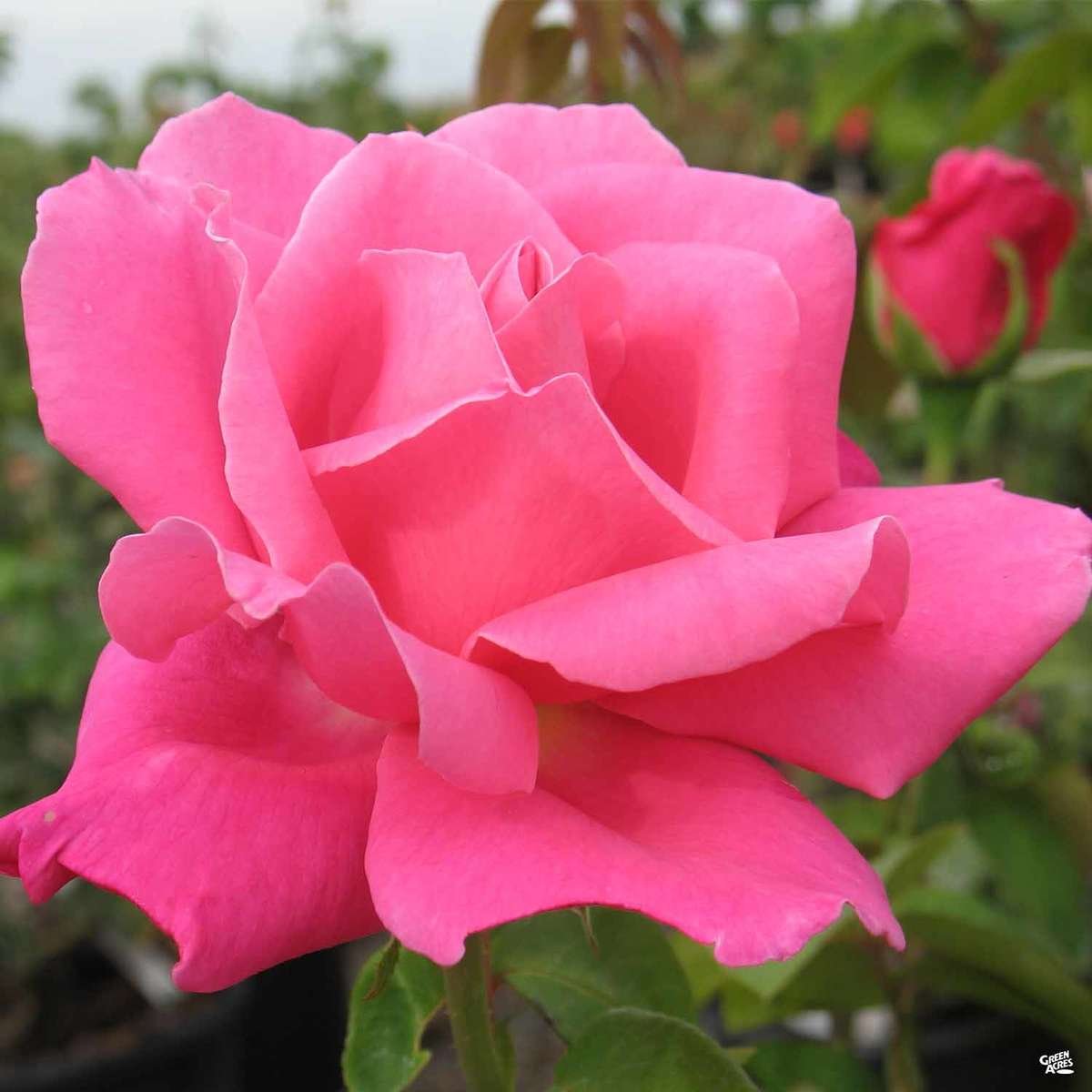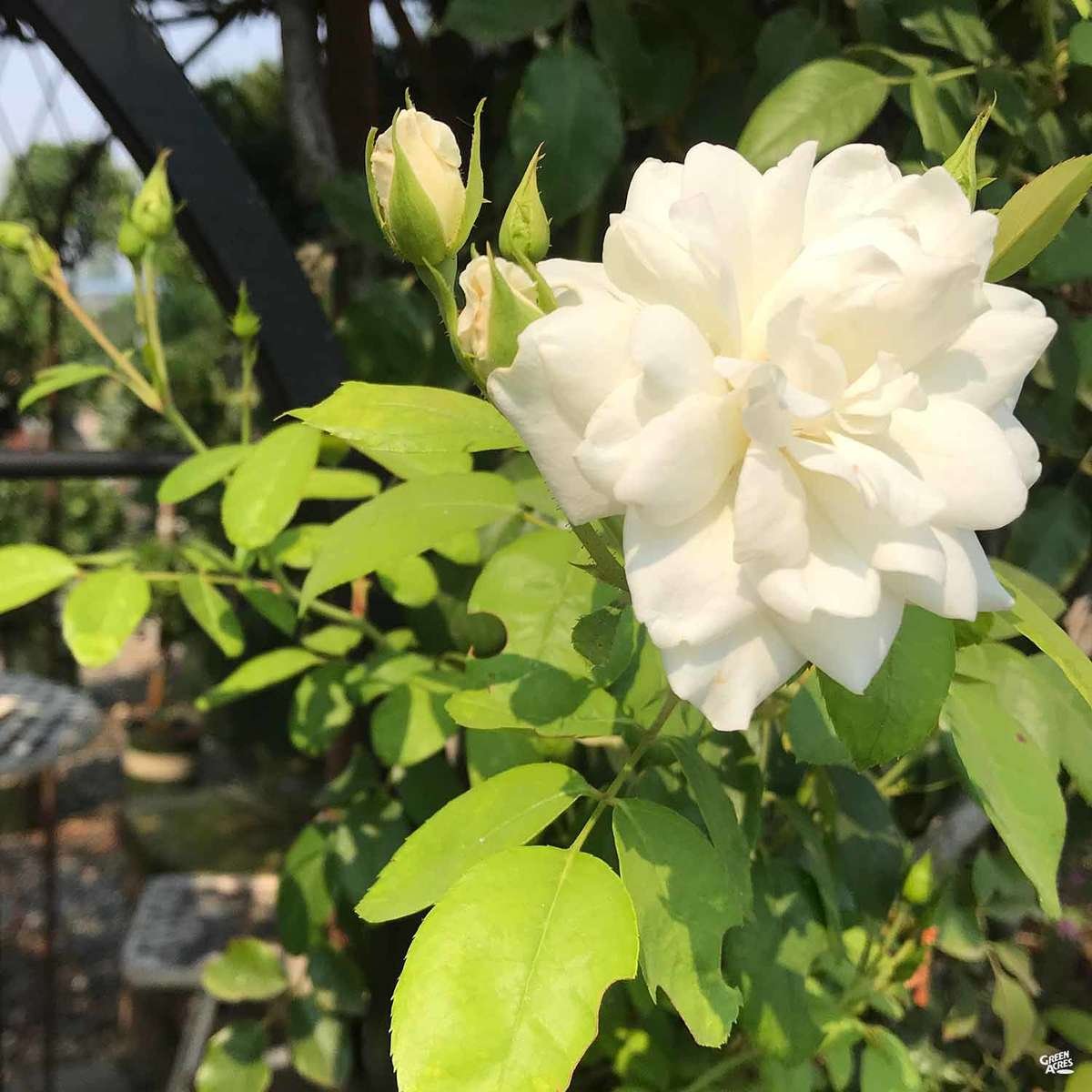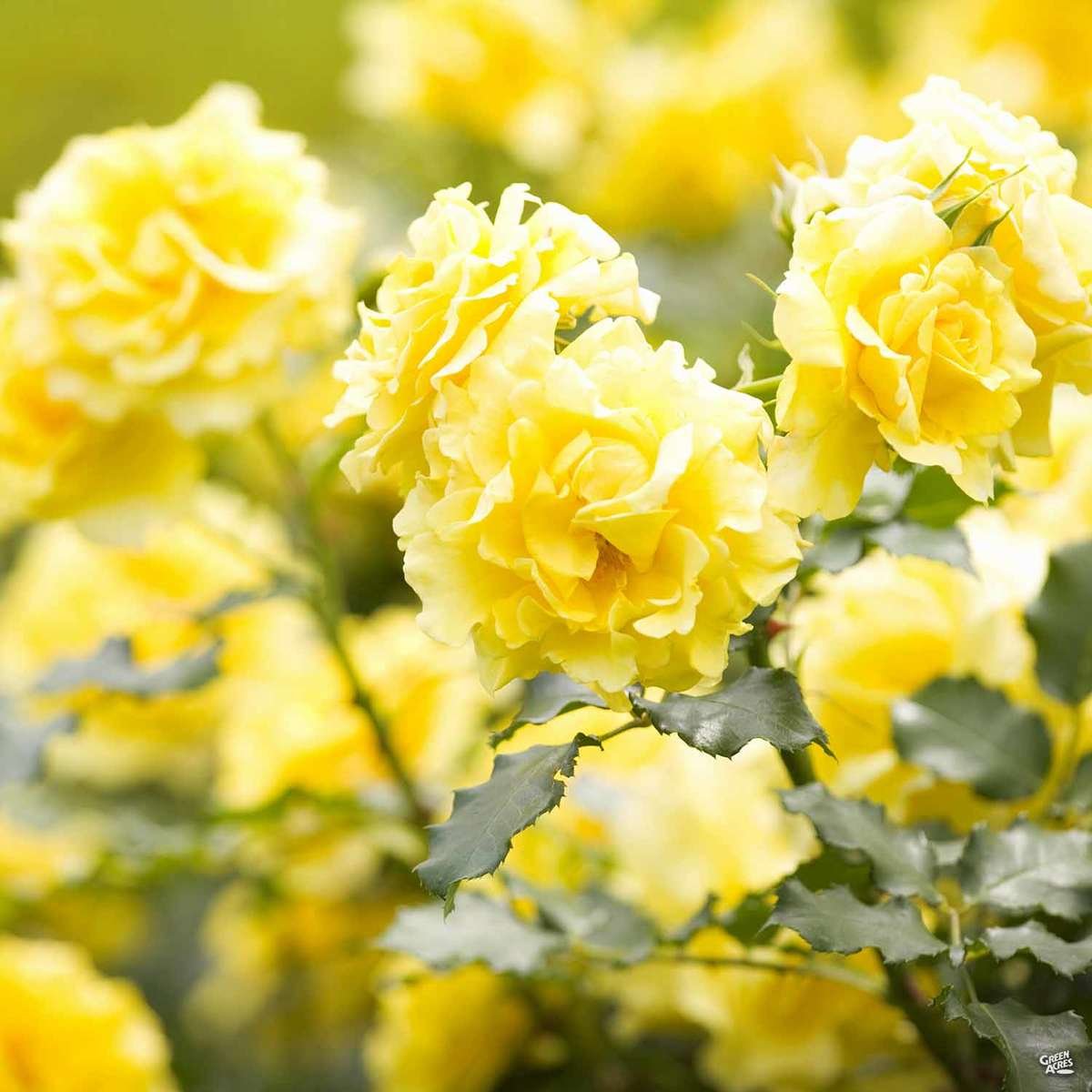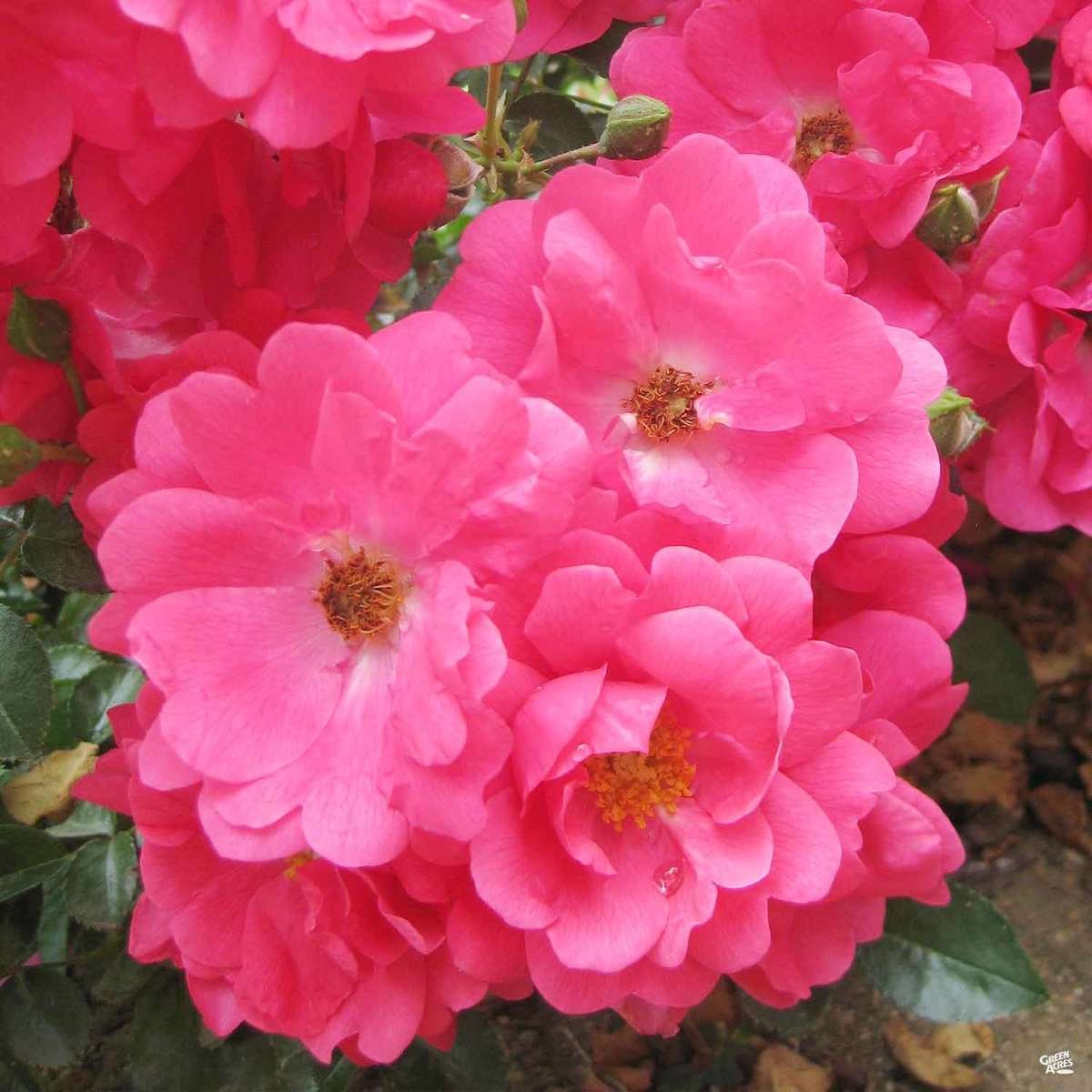
Get To Know Roses
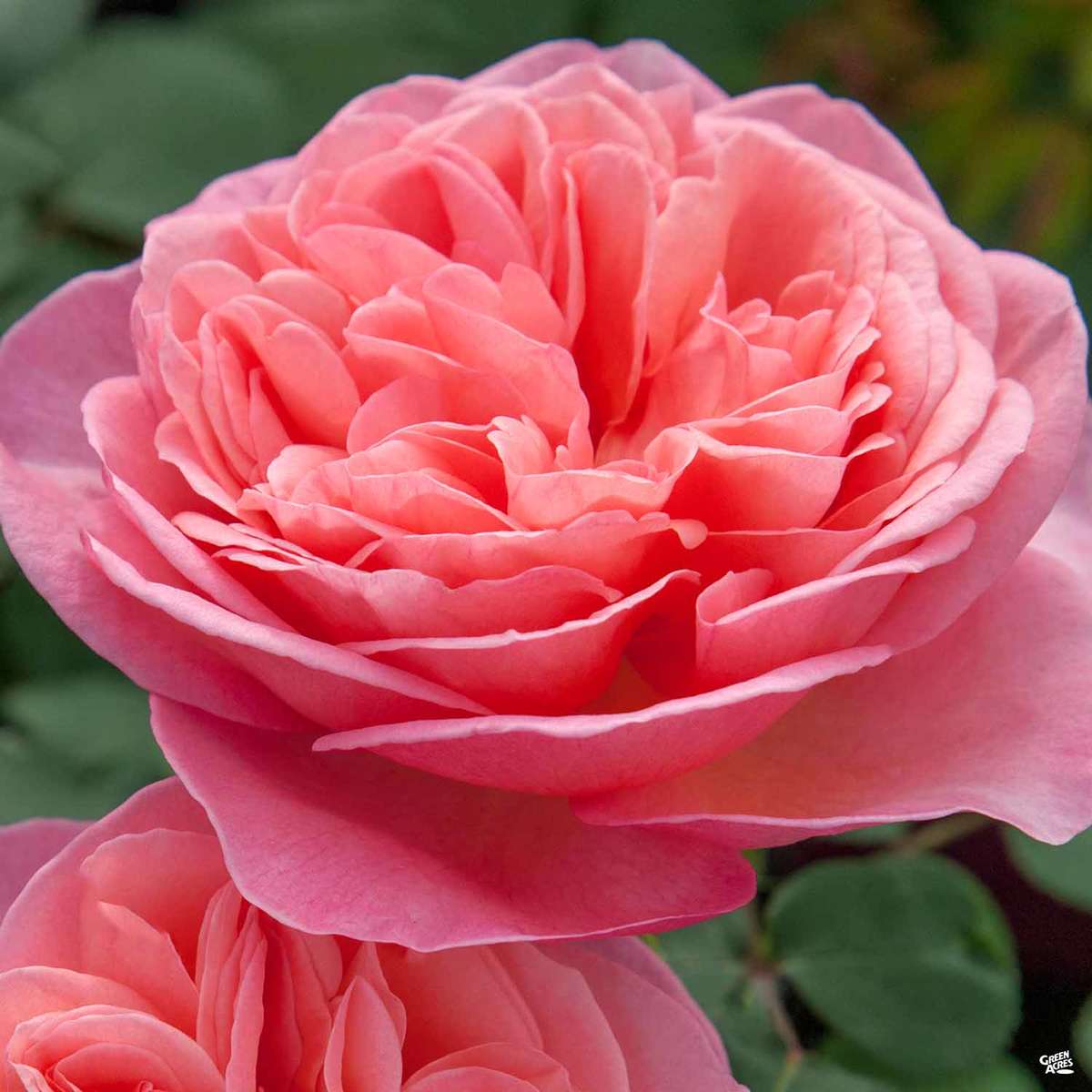
An Introduction To Rose Varieties
The universal appeal of roses comes from the many varieties, sizes, and colors available. From traditional red, pink, or white—to the more unusual lilac, yellow and even orange—there are many rose varieties that can be well-suited to most landscapes. Before choosing a rose, decide which type is right for your garden. Read on to learn more about the personality of each rose type.
If you're looking for an economical way to add to your rose garden, buy during bareroot season. Bareroot season offers the best varieties for the best prices. Browse our current bareroot rose list (subject to change based on availability).
During winter months, the plants are dormant, have been pruned, and are placed in plantable pots for easy planting. As the season moves toward warmer months, plants come leafed out, and in larger plantable peat pots. Finally, in late spring and early summer, full bushes, with buds and blooms, arrive in plastic cans.
During winter months, the plants are dormant, have been pruned, and are placed in plantable pots for easy planting. As the season moves toward warmer months, plants come leafed out, and in larger plantable peat pots. Finally, in late spring and early summer, full bushes, with buds and blooms, arrive in plastic cans.
Hybrid Tea
Hybrid Tea: Classic flower shape with long stems on a vase-shaped shrub.
Hybrid tea roses form medium to tall bushes. The large, refined flowers are typically one to a stem, and bloom continuously throughout the season if dead-headed. Hybrids are selectively bred for long stems, which make them ideal cut flowers. Their flowers are well formed with large, high-centered buds, supported by strong, upright stems. The blooms grow 3-5” wide.
Hybrid tea roses form medium to tall bushes. The large, refined flowers are typically one to a stem, and bloom continuously throughout the season if dead-headed. Hybrids are selectively bred for long stems, which make them ideal cut flowers. Their flowers are well formed with large, high-centered buds, supported by strong, upright stems. The blooms grow 3-5” wide.
Floribunda
Floribunda: Low maintenance, hardy and disease-resistant with prolific, showy and fragrant blooms.
Floribunda roses are a cross between polyantha species and hybrid tea roses, which combines hardiness, free-flowering, and showy—usually fragrant, blooms. The compact plants look nice in groups and are suitable for small gardens or mixed flower beds.
Typical floribundas are stiff shrubs; smaller and bushier than the average hybrid tea. Although, they are less dense and sprawling than the average polyantha. Floribundas are found in most of the same colors as hybrid teas, and often with the classic hybrid tea-shaped blossom. Sizes of these hardy roses vary from compact and low-growing to a more open habit and heights of 5’-6’, ideal for tall hedges
English/Austin
English/Austin: Densely petaled, richly fragrant traditional roses, great choice for a cut flower garden.
Combine beautiful, densely-petaled, richly fragrant “old roses” with modern varieties, for an attractive, romantic plant with improved disease resistance and a much longer blooming period. English roses are a good choice for cutting gardens; their full, intensely-perfumed flowers make fragrant bouquets.
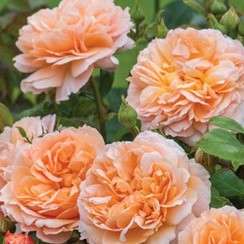
Grandiflora
Grandiflora: Tall, hardy and disease-resistant shrubs well-suited for hedges and flower border backgrounds.
Grandifloras are a combination of the best traits of hybrid teas and floribundas. They are a subclass of hybrid teas, with an upright growth habit and large blossoms. Flowers appear in clusters of three to five like a floribunda, and bloom continuously throughout the season.
Climbers
Climbers: Naturally long, pliable canes suitable for training on a support.
Climbing roses grow anywhere from 8’-20’ in height and bloom continuously throughout the season. It’s best to train them onto a support such as a trellis when they are young, then prune them to keep them from overgrowing the trellis.
Miniatures
Miniatures: Compact form, well-suited to containers, prolific blooms and cold hardiness.
Miniature rose bushes are great for containers because of their compact growth habit and small flowers. Blooms are available in all the hybrid tea colors. Many varieties also emulate the classic high-centered flower shape of a hybrid tea variety. Miniatures are often marketed and sold by the floral industry as houseplants. However, it’s important to remember that these plants are largely descended from outdoor shrubs native to temperate regions, so most varieties require an annual period of cold dormancy to survive.
Groundcover
Groundcover: Very low maintenance, long bloom season and disease resistant.
Often called Flower Carpet Roses, groundcover roses offer a variety of colors, form and fragrance, and require little care. Reinvigorate groundcover roses each year by cutting back the plants by two-thirds while they are still dormant in early spring.

